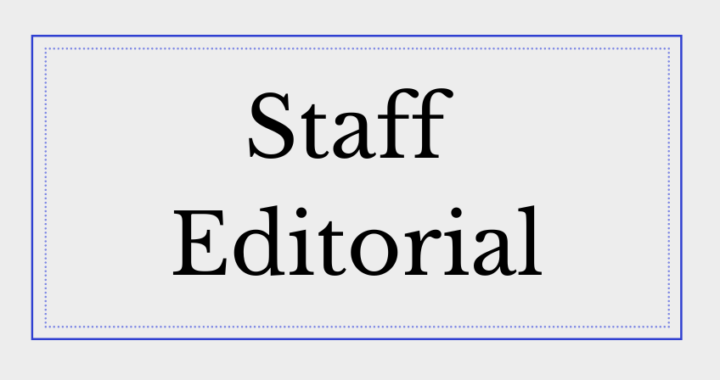Trump’s dehumanizing rhetoric parallels stages of genocide
4 min read
Jacquelyn Martin | AP
By GINNY BIXBY
Associate Editor
On a visit to the border on Friday, President Donald Trump declared, “our country is full.” He then repeated this sentiment in front of the Republican Jewish Coalition in Las Vegas the next day. This statement was met with outrage, as comparisons were drawn between this and actions performed during the Holocaust. Critics recalled the story of when Jewish refugees aboard the German ocean liner the S.S. St. Louis in 1939 were turned away by the United States, and more than a fourth of those refugees were later killed in concentration camps.
Genocide is an issue that people in the modern western world often feel removed from, but it is a present facet of society. Genocide is still happening all over the world. The Holocaust only ended 74 years ago, and it is hubristic to assume such crimes against humanity could not happen now. Genocide isn’t a sudden crisis, it’s a slow burning fire that is started by a small spark of prejudice, and Trump’s rhetoric hauntingly echoes the early stages of genocide throughout history.
This is not the first time Trump has been accused of inciting violence in a similar vein as Hitler and the Nazi Party, and certainly not the first time Trump has used dehumanizing language.
Beto O’Rourke, a Democrat running for the 2020 presidential election, compared President Donald Trump’s rhetoric to that of Adolf Hitler and the Third Reich in a town hall in Sioux City, Iowa last Thursday, specifically referencing, among other instances, a C-SPAN broadcast of a May 2018 sanctuary cities roundtable in which Trump said, “These aren’t people. These are animals,” in reference to refugees trying to enter the border.
“Now, I might expect someone to describe another human being as an infestation in the Third Reich, but I would not expect it in the United States of America,” said O’Rourke.
In an interview with The Washington Post, John Connelly, a historian of modern Europe at the University of California at Berkeley said, “The echoes do indeed remind one of the Nazi period, unfortunately. The exact phrasing may be different, but the spirit is very similar. The concern about an ethnic, national people not having proper space — this is something you could definitely describe as parallel to the 1930s.”

Dr. Gregory Stanton, a former UMW professor and the 2003-2009 James Farmer Professor in Human Rights, devised the Ten Steps to Genocide, which were originally presented in a briefing paper entitled “The Eight Stages of Genocide” at the US State Department in 1996. Stanton’s work is now widely seen as the global standard in recognizing genocide.
Dehumanization is one of the steps in Stanton’s outline. According to Stanton, “One group denies the humanity of the other group. Members of it are equated with animals, vermin, insects or diseases…The majority group is taught to regard the other group as less than human, and even alien to their society. They are indoctrinated to believe that ‘We are better off without them.’” Trump’s equating of humans with animals is in direct fulfillment of this step.
The other stages include classification, symbolization, discrimination, organization, polarization, preparation, persecution, extermination and denial. When considering Stanton’s steps, it is alarming how much potential there is for genocide in the current political environment.
Trump has used othering classifications on multiple occasions in reference to various different ethnic groups. In 2015, Trump said in reference to Muslims, “There’s a sickness. They’re sick people. There’s a sickness going on. There’s a group of people that is very sick.” Trump has a tendency to use broad generalizations in reference to entire ethnic groups, which is grossly disturbing. The same year, in reference to Mexican immigrants, Trump said “They’re bringing drugs. They’re bringing crime. They’re rapists. And some, I assume, are good people.”
On the campaign trail, Trump suggested that he would “strongly consider” the idea of closing mosques. When asked about the idea of putting Muslims in camps, he responded, “We’re going to be looking at that and plenty of other things.” He also said he would consider creating a database of all Muslims in the country. This statement should terrify all Americans and is indicative of the organization stage toward genocide.
If we do not stop Trump, we will continue down this dangerous path towards genocide. Trump’s actions directly correlate with many of Stanton’s stages. We have to stop acting as if it is too controversial to call this dangerous rhetoric what it is. Condemning incitement genocide should not be a controversial action.
We need to continue to call out President Trump and our other government leaders for engaging in dehumanizing rhetoric and behavior. We need to be doing more and taking this issue seriously and not as a hypothetical dystopia. As the American nation, we are not so above genocide that it could not happen here and it is folly to act as if it could not.











